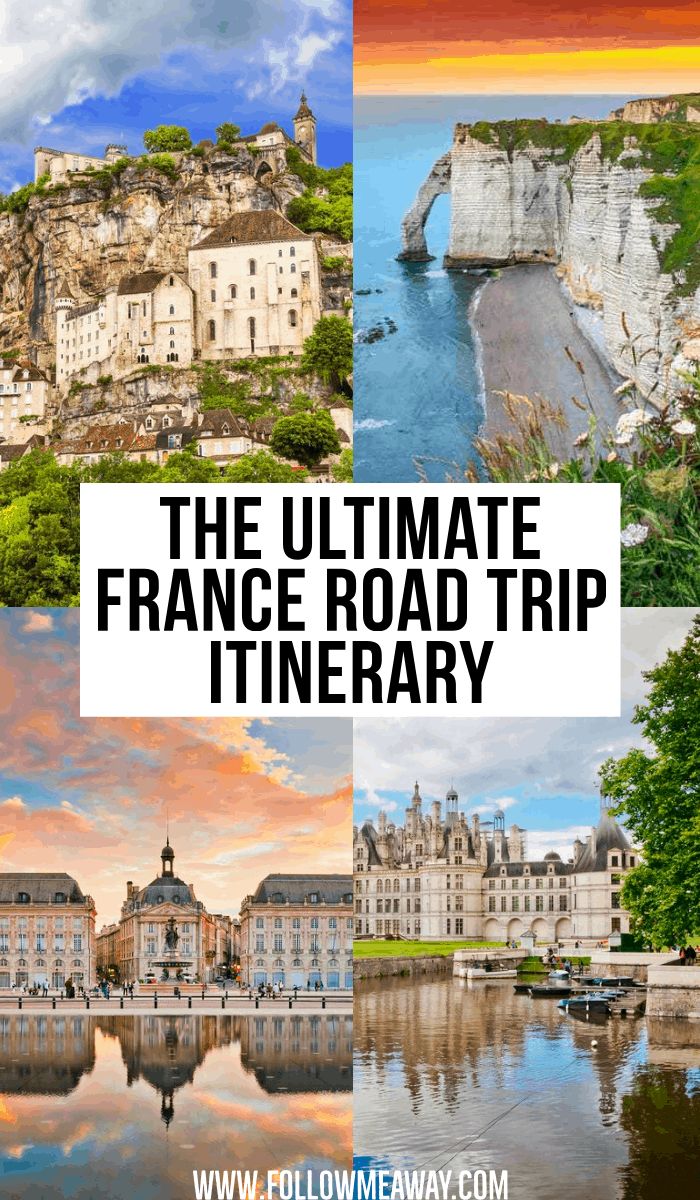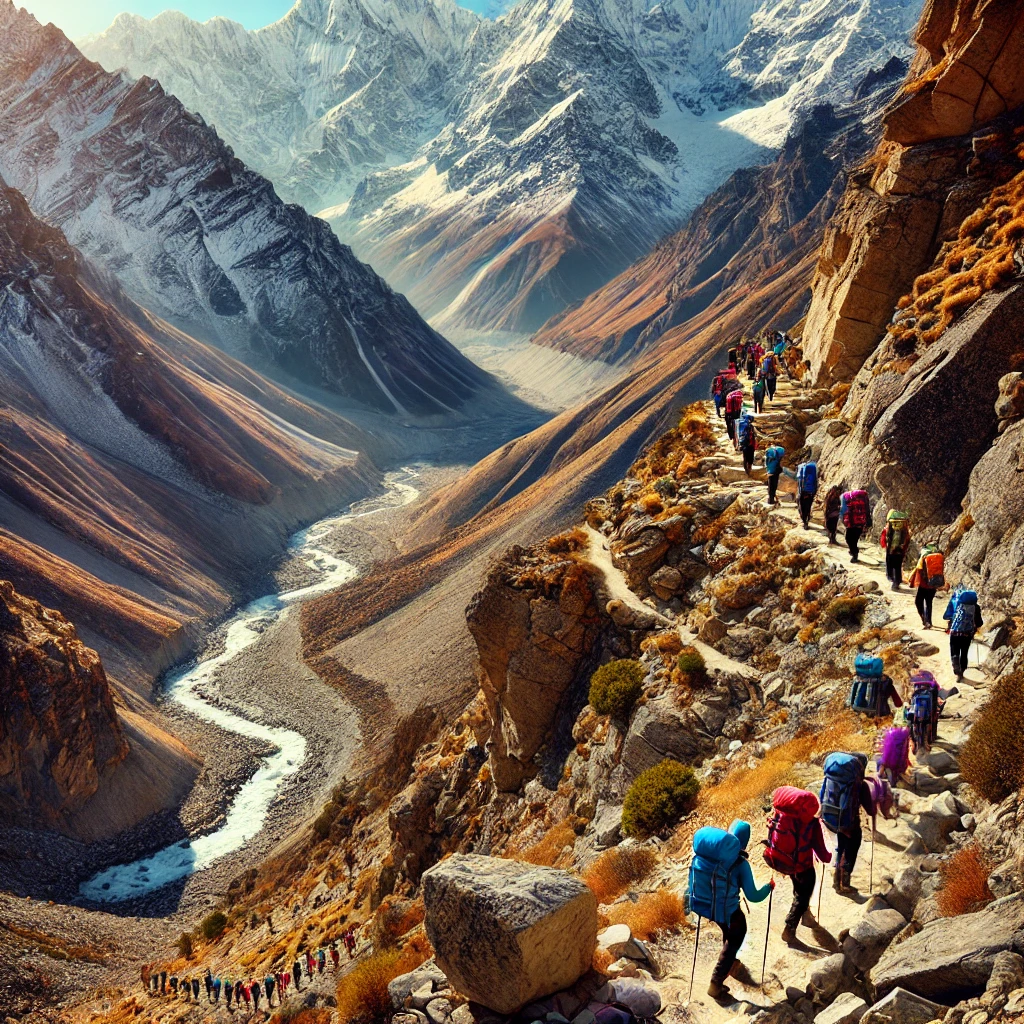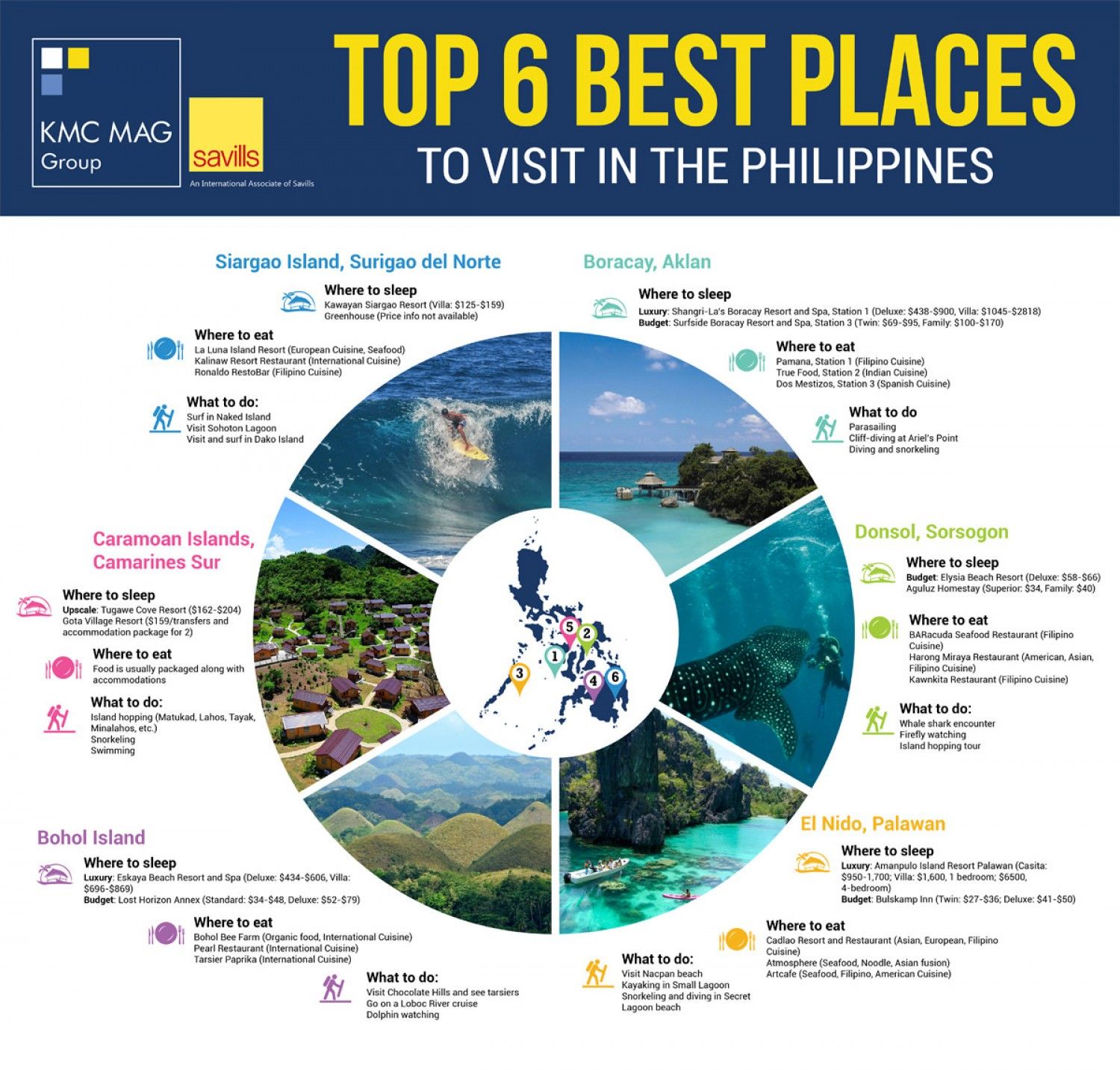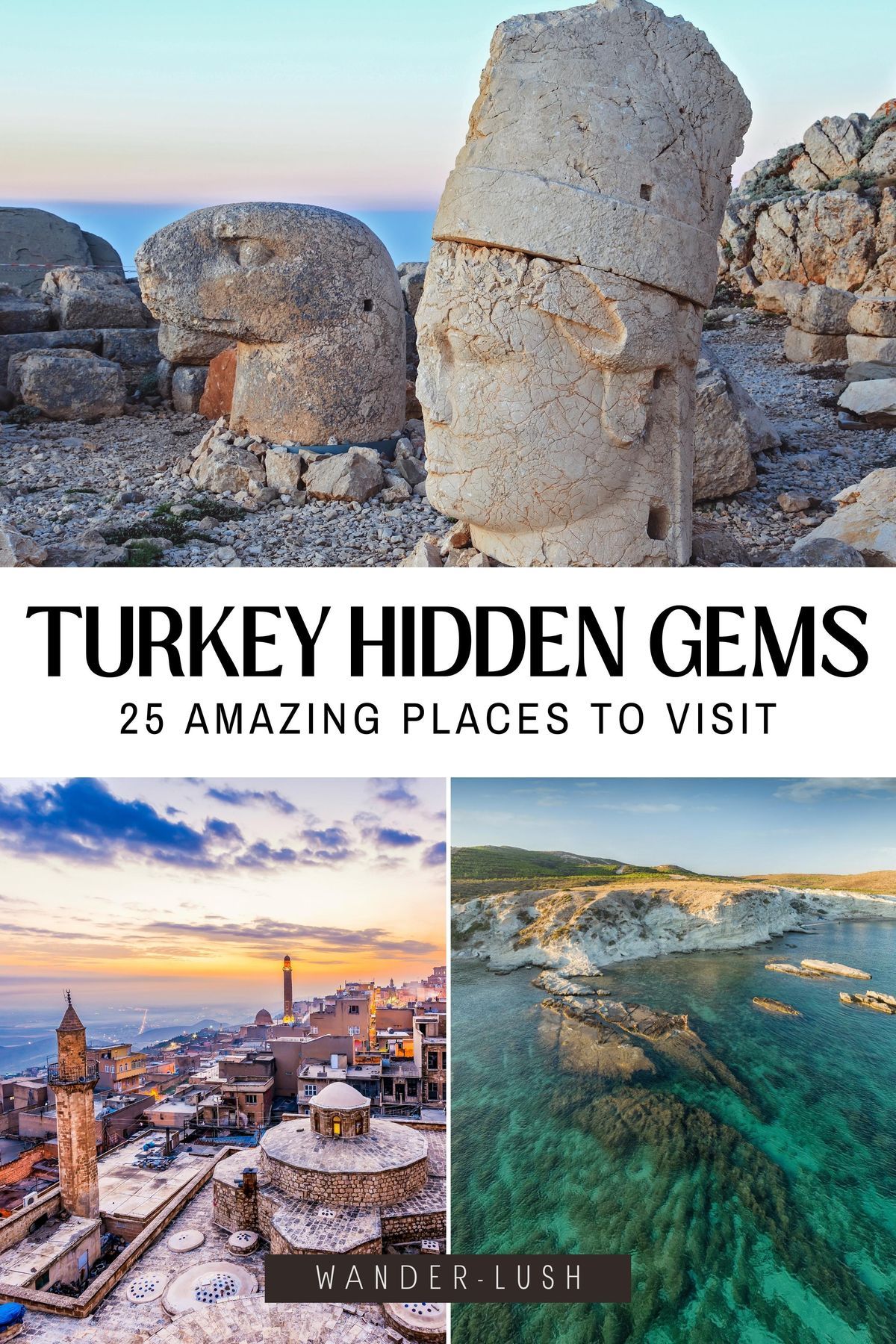Ultimate Trip to France That Locals Recommend: Unveiling Authentic Experiences
Dreaming of a French escape that goes beyond the usual tourist trail? If you’re seeking to immerse yourself in the true essence of France, taste its authentic flavours, and discover…
Best Places in Amazon Rainforest For a Memorable Experience
The Amazon Rainforest, a sprawling tapestry of unparalleled biodiversity and vibrant cultures, beckons adventurers and nature lovers from across the globe. Often referred to as the "lungs of the Earth,"…
Traveling Across Greece With Complete Travel Tips
Planning Your Greek Odyssey: Essential Preparations for a Memorable Trip Embarking on a Greek adventure requires thoughtful planning to ensure a seamless and enriching experience. Understanding the best times to…
Best Places in South Korea With Complete Travel Tips
Discovering South Korea’s Diverse Charms South Korea’s allure lies in its remarkable contrasts. Here, towering skyscrapers stand alongside ancient palaces, and vibrant K-Pop culture thrives amidst tranquil Buddhist temples. The…










